Tennis is a challenging and physically demanding sport requiring players to be mentally and physically strong. On the other hand, a player may be rendered unable to participate in a match by several different circumstances. A player could not attend the game due to injuries, sickness, personal issues, or schedule difficulties.

Unexpected events might force players to withdraw from their match, even if they could compete in that tournament days before. Extreme weather conditions, an unexpected illness or injury during play, or even a personal crisis might prevent a player from continuing to compete.
These circumstances may have different consequences depending on the rules and regulations of the competition or tournament. In some situations, the player could be able to reschedule their game or be replaced by another player. In some cases, though, the player might be forced to give up the game, which would give their opponent a “Walkover.”
So, the idea of a Walkover in tennis will be discussed in this article, along with what it implies for both players and how it might affect a tournament’s conclusion.
What exactly is a Walkover?
More specifically, in tennis, a “Walkover” happens when a player wins a match even without having to play a single point because their opponent cannot compete. It can occur for various causes, including injury, sickness, or withdrawal.
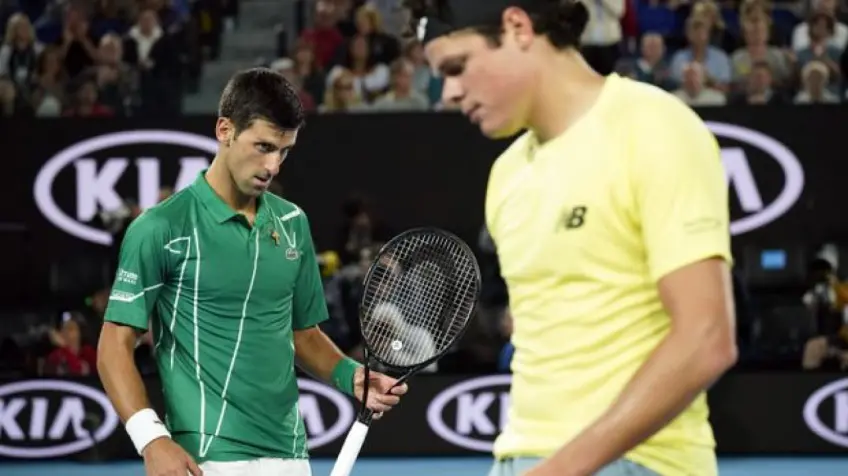
For example, in men’s tennis, Milos Raonic and Novak Djokovic were scheduled to face off in the tournament’s quarterfinals at the 2021 Miami Open. Unfortunately for the Canadian, Raonic’s right knee injury caused him to leave the match, giving Djokovic a Walkover into the semifinals.
Djokovic could save his energy and be ready to face his subsequent opponent because he was not required to play in this instance. He had not lost a match up to that point in the season; thus, this Walkover also helped him keep his perfect record for the year.
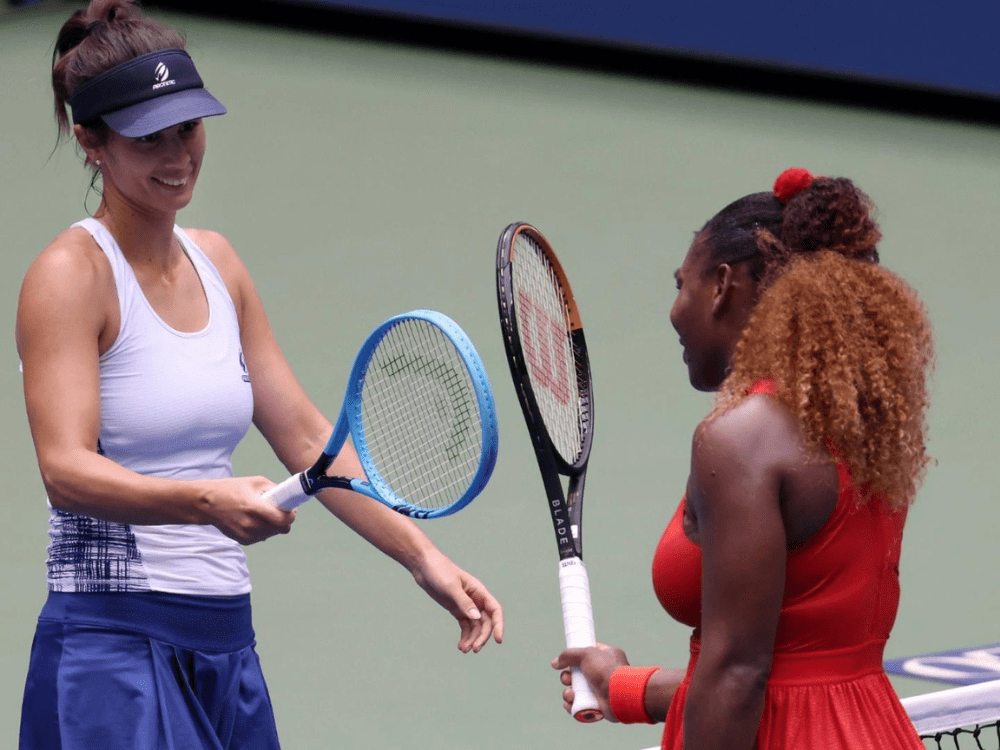
As an example from the WTA circuit, Serena Williams was slated to play Tsvetana Pironkova in the 2021 French Open’s second round. Pironkova withdrew due to a shoulder problem only hours before the match started. As a result, Williams received a Walkover into the third round of the competition.
While a Walkover is discouraging for the player who cannot compete, it might be advantageous for the other player’s tournament hopes. They won’t be as worn out and will be able to save their energy for future bouts because they may go on to the next round without having to play at all.
A Walkover can also improve a player’s standing and chances of winning the competition. With one less game left to play, they will be less likely to be hurt, lose, or put their bodies and minds under unnecessary physical and emotional stress.
However, it’s important to note that receiving a Walkover can also have downsides. The player may lose out on valuable playing time and the opportunity to fine-tune their skills in a competitive setting. In addition, they may also miss out on the chance to earn additional prize money and ranking points that come with winning matches in a tournament.
When did the Walkover get implemented?
Tennis had long utilized the Walkover concept, which dates back to the 19th century when the sport was just emerging.
Tennis matches were frequently arranged back then with little regard for the player’s physical and emotional health, which occasionally led to players needing to show up for matches. To avoid abandoning the game in certain situations, the player who did show up was given a Walkover victory.
The employment of Walkovers was gradually increasingly standardized and subject to formal norms and regulations. In the contemporary game of tennis, Walkovers are often given when a player cannot compete because of an illness, injury, or other legitimate circumstances.
The rules and methods for dealing with Walkovers may vary depending on the event or competition. However, they are typically meant to guarantee that the tournament runs efficiently and fairly for all participants.
Who are the players with the most Walkover victories?
According to the information compiled by the statistics, the top 5 players with the most matches won by Walkover in the Open Era are as follows:

Roger Federer- 14 matches
Novak Djokovic- 14 matches
Ilie Nastase- 13 matches
Raymond Moore- 12 matches
Rafael Nadal- 11 matches
Moreover, it makes sense that Rafael Nadal, Roger Federer, and Novak Djokovic are among the top 5 players with the most Walkovers, as they are three of the most successful and consistent players in the history of men’s tennis. They have consistently reached the latter stages of tournaments, meaning they have played more matches overall and have had more opportunities to receive Walkovers.
Who are the players with the most Walkover losses?
Throughout their careers, a handful of players have suffered significant Walkover losses. Philipp Kohlschreiber, Gael Monfils, Nikolay Davydenko, Tommy Haas, and Jimmy Connors round out the top 5 players in this group with 29 losses, 30 losses, 31 losses 35 losses apiece, respectively.
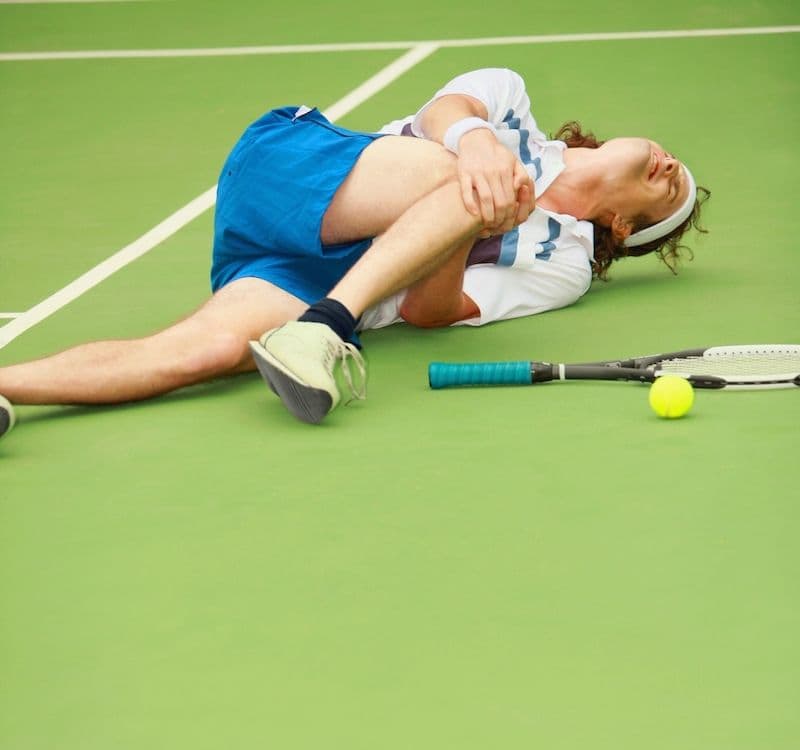
These players may have incurred more Walkover losses than others for several reasons. They could be more prone to illness or injury than other athletes, which is one hypothesis that has been put out. Tennis requires much physical exertion, so athletes who push themselves to the limit risk suffering illnesses or injuries that will need them to miss matches.
These players’ extensive career match experience is another potential contributing element. As we have seen, due to their increasing effort and the physical and mental demands of the sport, athletes who regularly perform at a high level and advance to further stages of competitions may be more likely to be given Walkovers.
Furthermore, it ought to state that some players, like Jimmy Connors or Tommy Haas, competed when Walkover regulations were utterly different than they are now. Players used to retire or leave games more frequently in the past owing to things like weariness or cramps obtained during the previous match of the tournament, which could have contributed to a Walkover loss.
Evolution of the Walkover rule over time
The regulations for Walkovers in tennis have changed throughout time. Previously, players were more prone to quit matches owing to weariness or cramping, perhaps resulting in a Walkover loss. However, the regulations have been revised to accommodate better players who cannot compete due to injury, illness, or other legitimate reasons.
In Grand Slam events, a player who withdraws before their first match is replaced by a lucky loser who lost in the last qualification round and is next in line to take their spot in the draw. Furthermore, several tournaments have implemented procedures allowing players who withdraw due to injury to recover a part of their prize money, depending on how many rounds they advanced in that tournament.
On top of that, the COVID-19 pandemic has resulted in additional revisions to the Walkover regulations. Players who test positive for COVID-19 or are identified as close contacts of someone who has tested positive may be asked to withdraw from a competition, culminating in a Walkover defeat in some situations. Some events, however, have implemented procedures that allow players to pull out due to COVID-19 while still receiving an amount of their prize money.
Overall, while the rules governing Walkovers have evolved, the primary purpose has remained consistent: guaranteeing those tournaments run efficiently and equitably for all participating players. Tournament organizers have contributed to assuring that the sport of tennis stays thriving by adjusting to changing conditions and emphasizing the health and safety of participants.
Past Controversies regarding the Rule
Some players have previously voiced their belief that Walkovers should be abolished from the game. Former World No. 1 Andre Agassi is one such player.
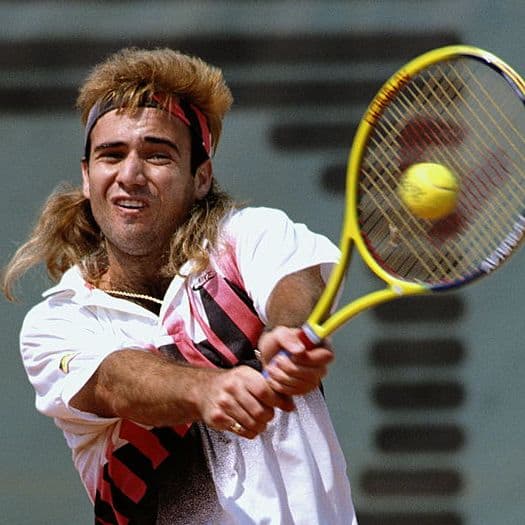
Agassi voiced his displeasure with the Walkover rule in his autobiography, “Open,” noting that “a Walkover is a cop-out, a defeat that doesn’t feel like a defeat.” He added that Walkovers should be prohibited entirely and that athletes should be pushed to play through ailments, even when an injury could be aggravated.
The Walkover rule in tennis has caused significant controversy over the years. One common issue is that some players may take advantage of the regulation by quitting from matches they fear they will lose rather than playing through minor ailments or illnesses.
For example, at the 2014 ATP World Tour Finals, Roger Federer withdrew from his last round-robin match against Novak Djokovic due to a back issue. Due to Federer’s withdrawal, Djokovic progressed to the semifinals, while Federer was knocked out of the competition. Some claimed Roger Federer should have played through his injuries instead of handing Djokovic a Walkover victory.
Similarly, in the 2018 Miami Open, Serena Williams withdrew from her opening match against Naomi Osaka, citing a substantial knee injury. With Williams’ withdrawal, Osaka advanced to the following round, while Williams was knocked out of the event. However, some observers questioned Williams’ pulling out because it occurred just hours before the match was supposed to take place.
While such controversies are uncommon, they illustrate the potential for the Walkover rule to be exploited or abused in specific scenarios. As a result, tournament administrators constantly monitor the situation and modify regulations to maintain fair play for all participants.
However, it is vital to note that the Walkover rule exists for a reason: to safeguard the safety and well-being of the participants. In rare situations, a player may be compelled to retire from a match due to injury or illness, and continuing to play might result in additional harm. In certain instances, the Walkover rule permits the player to leave without punishment and seek medical assistance if necessary.
While some players feel that Walkovers should be eliminated from the game, the regulation will likely stay in place as a necessary precaution to preserve the players’ health and safety.
Tournament victories by Walkover
In tennis history, there have been multiple situations where the tournament’s final did not take place, and the champion was determined after a Walkover victory. This instance can happen if one of the finalists is injured or sick or for other reasons such as schedule difficulties, boycotts, or weather-related concerns.
One of the most prominent cases happened in 2014 when Romanian player Simona Halep was forced to retire from the final due to a right foot ailment. Halep’s opponent, Czech player Lucie Safarova, was proclaimed the winner by Walkover.
A further example occurred in 1981 when Hana Mandlikova was unable to play in the women’s singles final of the 1981 French Open owing to a severe back ailment. The former American player and legend Chris Evert was proclaimed the champion by Walkover.
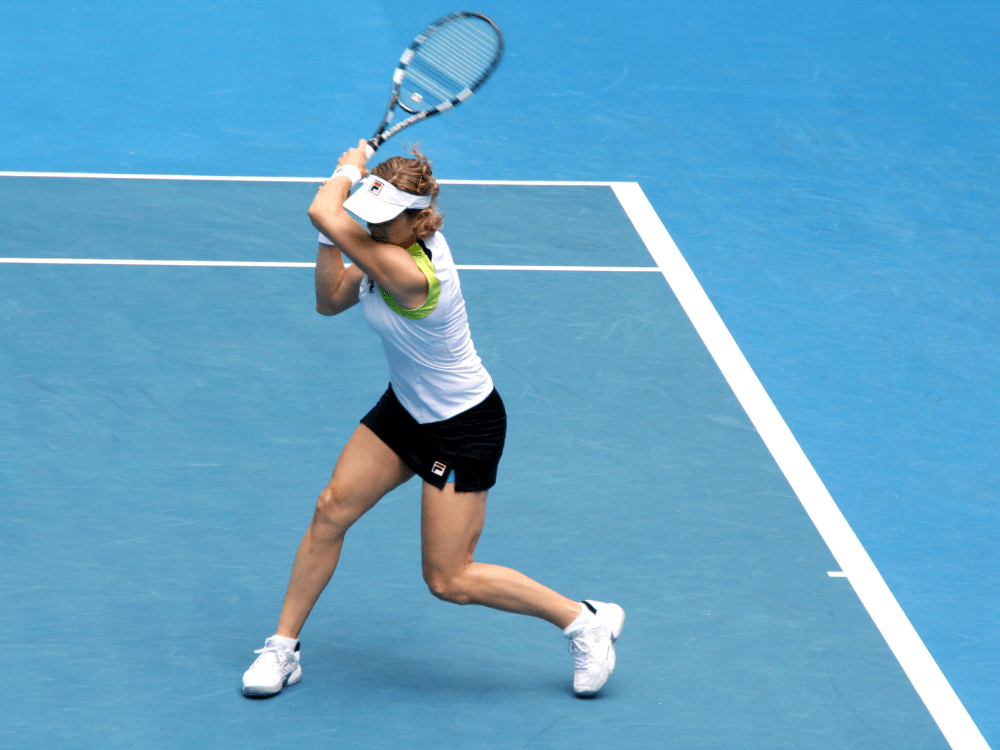
On top of that, the women’s singles final of the Sony Ericsson Open in Miami in 2012 was canceled owing to the withdrawal of the top seed, Victoria Azarenka, who cited a knee affliction. Maria Sharapova, her opponent, was proclaimed the winner by Walkover.
These are only a few examples of tournament finals that were not played, ending in a Walkover victory for one of the participants. While it is always unfortunate when a match is not played, the Walkover rule assures that the player who has earned a spot in the final is declared the tournament champion.
Conclusion
While the use of Walkovers in tennis has developed over time, it remains a critical component of our sport. It preserves the tournament’s integrity while allowing participants to rest and heal. Furthermore, it offers underdog players a vital chance to establish themselves when they take advantage of a Walkover to progress in the competition.
Also, the quantity of Walkovers frequently reflects the sport’s physical and mental demands and the unpredictable nature of sickness and injuries. The fact that numerous Walkovers have been granted to some of the most successful and dependable tennis players in history, like Nadal, Federer, and Djokovic, emphasizes how crucial it is to preserve one’s health and fitness during a long and arduous season.
Walkovers are crucial to tennis and will remain so for a long time. Even if the conditions surrounding Walkovers differ from tournament to tournament and from player to player, their fundamental goal is to guarantee that tennis survives and develops for many years.